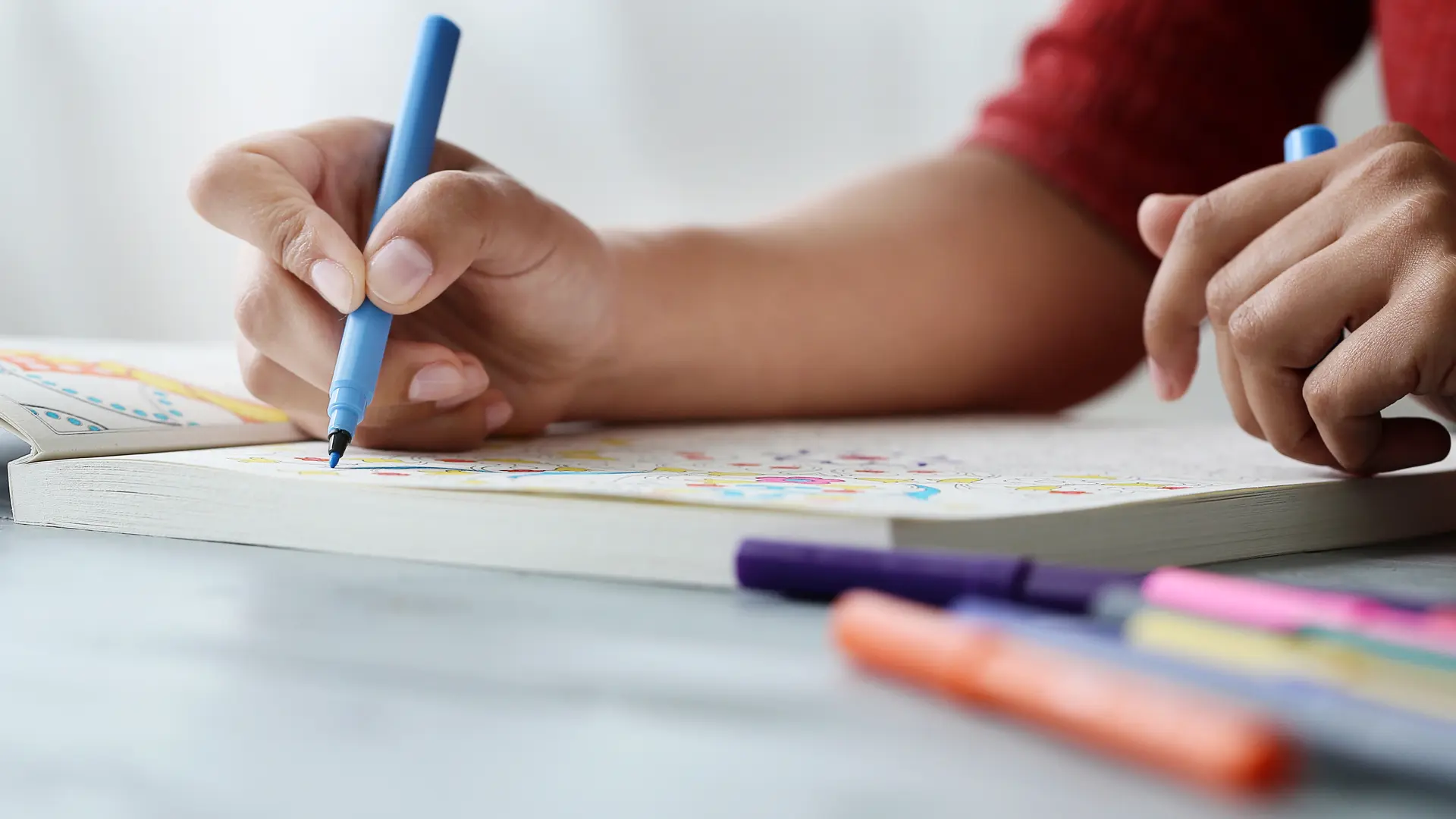
INCREASING CREATIVITY, THESE ARE VARIOUS BENEFITS OF DRAWING
Drawing is not just a hobby or mere enjoyment, but also an effective tool in the learning process. Engaging in drawing activities not only allows us to express ourselves creatively but also helps in understanding and retaining information better. In this article, we will explore how drawing can be a powerful learning tool in various contexts.
- Enhancing Conceptual Understanding When we draw something, we must have a deep understanding of what we want to depict. This process forces us to sort through information and understand the relationships between elements. For example, when students draw scientific diagrams, they must understand the structure and function of each part, thus strengthening their understanding of the concept.
- Boosting Creativity Drawing also opens doors to express our creativity. It can encourage students to think outside the box and find unique solutions to complex problems. In this context, drawing serves not only as a tool for understanding the material but also as a vessel for exploring and developing new ideas.
- Facilitating Visual Thinking Processes Various studies have shown that visual thinking can help in processing information more efficiently. Drawing facilitates this visual thinking process by allowing us to represent complex ideas in easily understandable forms such as pictures or diagrams. This helps students to visually organize information and strengthen connections between concepts.
- Reinforcing Memory Drawing can also help strengthen our memory of the learned information. Research has shown that involving visual aspects in the learning process can enhance information retention. By drawing, students can create strong visual associations with the material learned, making it easier for them to recall it later on.
- Encouraging Collaboration and Communication Moreover, drawing can also be an effective tool in facilitating collaboration and communication among students. Through activities like conceptual sketches or mind maps, students can share their ideas, reinforce their collective understanding of the material, and build important social skills.
In conclusion, drawing is not just a fun activity but also a powerful learning tool that can enhance understanding, creativity, and information retention. In the educational context, teachers can harness the power of drawing as a tool to facilitate effective learning and enrich students' learning experiences. Thus, integrating drawing activities into the learning curriculum can be a valuable step towards improving the quality of education.





